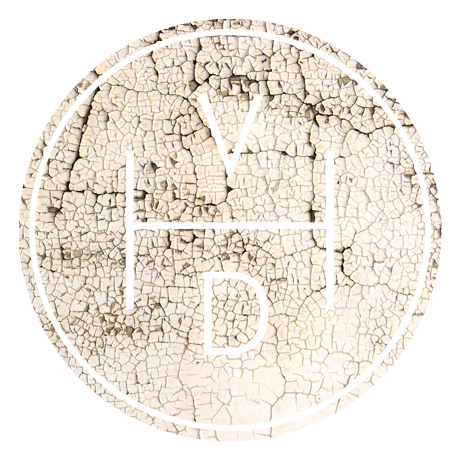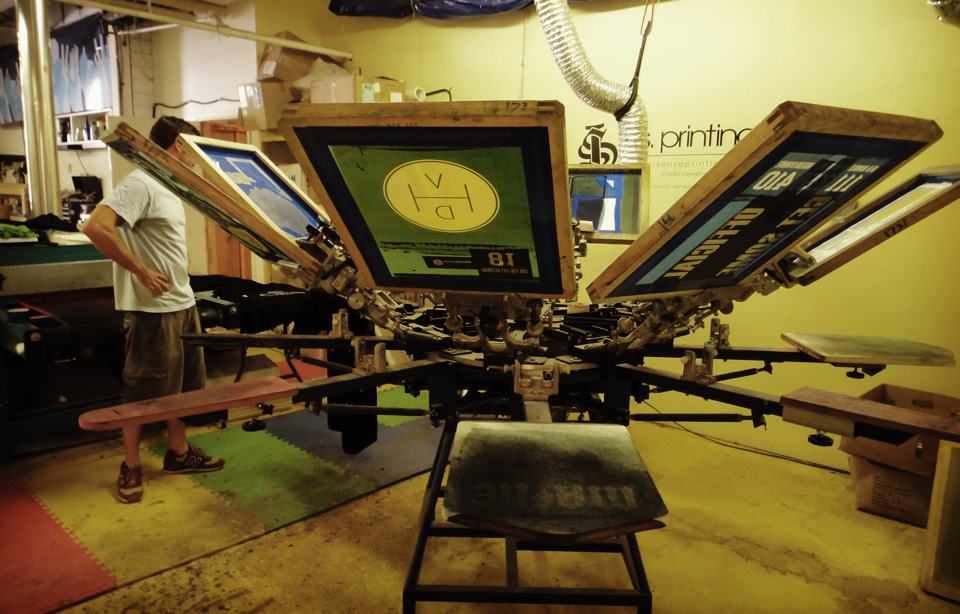Berry-Leaf Tea
This tea comes from one of the most celebrated foraging books of all time, Euell Gibbons' "Stalking Wild Asparagus". This classic book first printed in 1962 is far, far more than an edible plants field guide. It is a witty, insightful book that teaches the reader about foraging through Gibbons' stories and exploits. Essential reading. Gibbons has dedicated a whole section to what he calls "Wildwood Teas" (lots of rich Tea Chronicles picking here) which is where we find his recipe for blackberry, raspberry and strawberry leaf tea .
“The leaves of these three familiar fruits have long been dried and used for tea and in home remedies. Gather the leaves while the plant is in flower and dry them as directed with other tea materials. One word of warning: be sure the leaves are thoroughly dry before you use them as tea for, as they wilt,they develop a poison which is driven off or altered in composition as the get thoroughly dry. There have been cases of livestock being poisoned by wilted berry leaves, but when these leaves are contained in fully dry, cured hay they cause no ill effects.
Berry-leaf Tea is probably the most effective home remedy for diarrhea but, aside from its medicinal uses, it is also a pleasant beverage and wholesome in reasonable quantities.It contains tannin (as does Oriental tea) and has a pleasant aroma; the flavor differs slightly according to which species is used but all of them make an acceptable substitute for tea.”
I had only just read this chapter when I was invited to a friends house who's garden was overflowing with raspberry bushes. I tried to pick the greenest and freshest looking leaves. Once home I laid them out, on newspaper, in the sun on the kitchen table.
Raspberry Leaves Drying
I left them for a full two weeks to make sure they were completely dry (Gibbons' word of warning concerned me a little.) The colour was still really impressive even on the dried leaves. I steeped a half dozen crushed leaves in boiling water for about 10 minutes and gave it a try. I then added another 6 leaves and left it for 5 minutes more.
The tea was light, even after leaving to mash (steep) for a considerable time and adding additional leaves. I couldn't eek much flavor from it at all. The taste that I did get was a vegetal and slightly herbal flavor. There were some tannins. Not unpleasant, just not much of anything. I have read so much about berry leaf tea I can't help thinking I've done something wrong. I shall persevere with this one, so there may be an update to this post as soon as I can get hold of larger quantities or leaves. Does anyone have any tips for berry leaf tea?
Gibbons' book is, in my opinion, essential reading for anyone with even the slightest interest in foraging, botany, the outdoors or even for anyone that likes a good book. It is still in print and easy to find. I hope to be trying more of his recipes in soon.
















